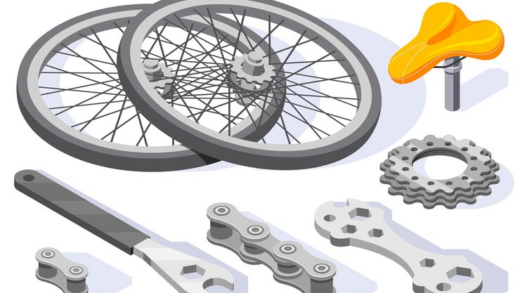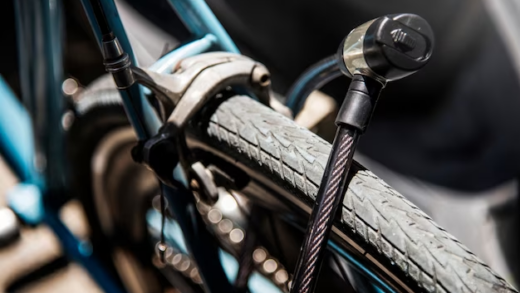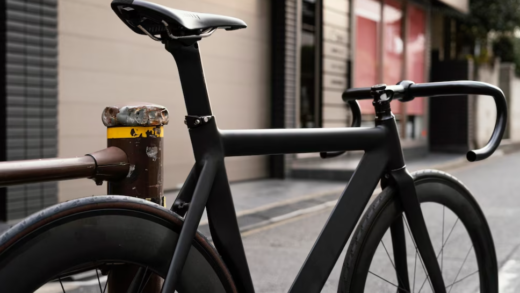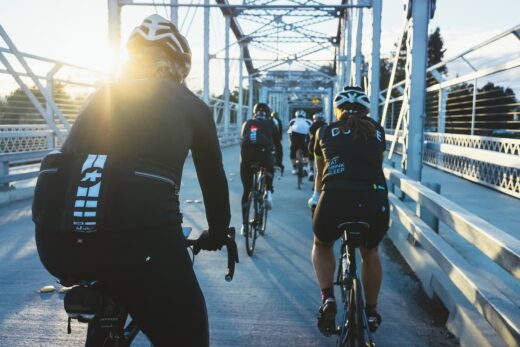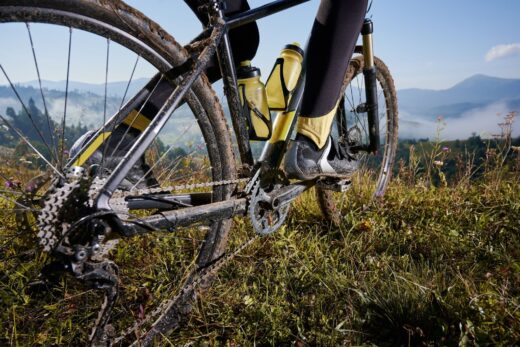Bikepacking, a fusion of biking and backpacking, offers a unique and immersive way to explore the great outdoors. If you’re planning your first bikepacking adventure, you’re in for an exhilarating experience that combines the freedom of cycling with the self-sufficiency of backpacking. To ensure a successful and enjoyable trip, here are some essential tips to guide you on your maiden bikepacking journey.
1. Plan Your Route and Itinerary:
Before setting out on your bikepacking adventure, carefully plan your route and itinerary. Consider factors like the terrain, distance, and points of interest. Websites and apps such as Ride with GPS and Komoot can help you find established bikepacking routes or assist in creating your own. Be realistic about your fitness level and choose a route that matches your abilities, especially for your first trip.
2. Invest in Quality Gear:
Your choice of gear can make or break your bikepacking experience. Invest in durable, lightweight equipment designed specifically for bikepacking. Essentials include a bikepacking-specific tent or bivy, a lightweight sleeping bag, a compact stove for cooking, and a water purification system. Look for gear that packs down efficiently to make the most of limited storage space.
3. Pack Strategically:
Space is at a premium when bikepacking, so packing strategically is crucial. Divide your gear into categories like shelter, clothing, food, and tools, and use bike-specific bags like handlebar rolls, frame packs, and seat packs to distribute the weight evenly. Keep frequently used items easily accessible, and be mindful of the balance of your load to maintain bike stability.
4. Test Your Gear Beforehand:
Never take untested gear on a bikepacking trip. Set up your tent, try cooking a meal on your stove, and ensure your bike is well-maintained before hitting the trail. This not only helps you familiarize yourself with your equipment but also ensures that everything is in working order, reducing the risk of unpleasant surprises in the wilderness.
5. Prioritize Lightweight and Compact Items:
Every gram matters when bikepacking, so prioritize lightweight and compact gear. Opt for a lightweight sleeping pad, a compact stove, and clothing that is versatile and can be layered. Minimize redundancy in your gear while ensuring you have everything you need for comfort and safety.
6. Master Basic Bike Repairs:
Being self-sufficient on a bikepacking trip includes knowing how to perform basic bike repairs. Familiarize yourself with tasks like fixing a flat tire, adjusting brakes, and addressing minor mechanical issues. Carry essential tools, spare tubes, and a multitool to handle common problems that may arise during your journey.
7. Be Mindful of Leave No Trace Principles:
Respect the environment you’re exploring by adhering to Leave No Trace principles. Pack out all your trash, avoid disturbing wildlife, and stay on designated trails. Minimize your impact on the ecosystem to preserve the beauty of the natural landscapes you encounter.
8. Check Weather Conditions:
Weather can play a significant role in the success of your bikepacking trip. Stay informed about the weather conditions for your chosen route and pack accordingly. Be prepared for sudden changes and invest in quality rain gear to stay dry in case of unexpected showers.
9. Know Your Limits:
Bikepacking is an adventure, but it’s essential to know your limits. Pushing yourself too hard, especially on your first trip, can lead to exhaustion and frustration. Be realistic about your abilities, take breaks when needed, and enjoy the journey at a pace that allows you to savor the experience.
10. Embrace the Adventure:
Lastly, embrace the adventure and be open to the unexpected. Bikepacking is about more than reaching a destination; it’s about the journey, the landscapes, and the people you meet along the way. Stay flexible and open-minded, and you’ll create memories that last a lifetime.
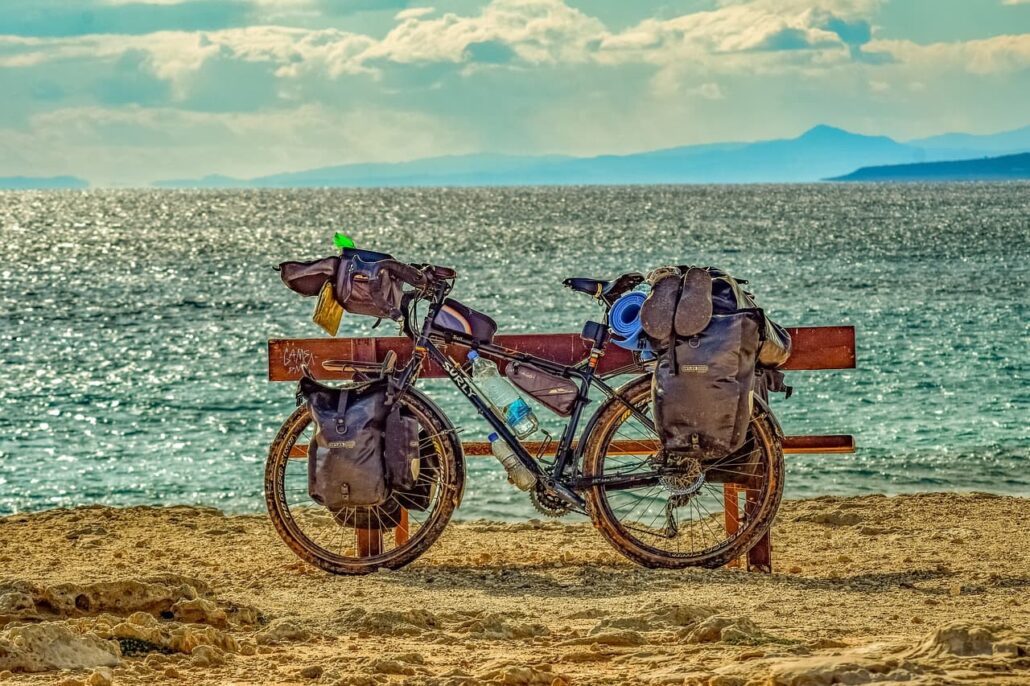
Bikepacking Pre-ride Checklist
A pre-ride checklist is essential to make sure you have all the necessary gear, your bike is in optimal condition, and you’re well-prepared for the challenges that may arise on the trail. Here’s a comprehensive bikepacking pre-ride checklist to guide you before you hit the road or trail:
1. Bike Inspection:
Check tire pressure and ensure they are in good condition.
Inspect the chain for wear and lubricate if necessary.
Examine brakes for proper function and pad wear.
Verify that all bolts and fasteners are tightened securely.
Ensure your gears shift smoothly and make adjustments if needed.
2. Essential Bike Tools:
Multi-tool with various wrenches and screwdrivers.
Tire levers for removing and installing tires.
Spare tubes and/or patch kit for repairing punctures.
Portable bike pump or CO2 inflator for tire inflation.
Chain breaker tool for repairing or adjusting your chain.
3. Bikepacking Gear:
Check that all bikepacking bags (handlebar, frame, seat) are securely attached.
Ensure your tent, sleeping bag, and sleeping pad are packed and secured to your bike.
Confirm you have sufficient food and cooking equipment for the trip.
Pack appropriate clothing for the expected weather conditions.
4. Navigation and Communication:
Ensure your GPS device or navigation app is functioning correctly and loaded with your route.
Fully charge your phone and consider bringing a portable power bank.
Carry a map and compass as a backup for navigation.
5. Safety Equipment:
Helmet: Ensure it fits securely and is in good condition.
Lights: Front and rear lights for visibility, especially if riding at night.
First Aid Kit: Include essential items like bandages, pain relievers, and any personal medications.
Reflective gear: Enhance visibility, particularly if riding in low-light conditions.
6. Water and Hydration:
Pack a sufficient amount of water or a hydration system, considering the distance between water sources.
Water purification method, such as tablets or a filter, for refilling from natural sources.
7. Camping Essentials:
Tent, bivy, or shelter of your choice.
Sleeping bag suitable for the expected temperature.
Compact stove and cooking utensils.
Eating utensils and a lightweight cup.
8. Clothing:
Dress in layers appropriate for the expected weather conditions.
Pack a waterproof and windproof jacket.
Bring extra socks and underwear.
9. Personal Items:
Identification, insurance card, and emergency contact information.
Cash and credit cards for unforeseen expenses.
Personal hygiene items, including toothbrush and biodegradable soap.
10. Bike Lock:
If you plan to stop in urban areas or want to secure your bike at campsites, bring a lightweight bike lock.
11. Leave No Trace:
Trash bags for packing out all waste and adhering to Leave No Trace principles.
Embarking on your first bikepacking adventure is a thrilling step into the world of self-supported exploration. With careful planning, the right gear, and a sense of adventure, your maiden trip can be the beginning of a lifelong love affair with bikepacking. So, gear up, pedal on, and let the adventure unfold before you.
